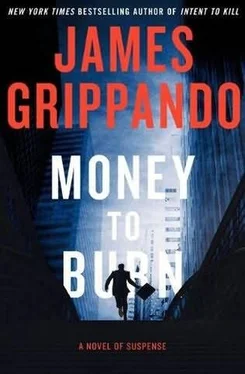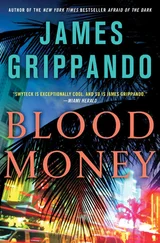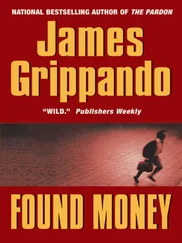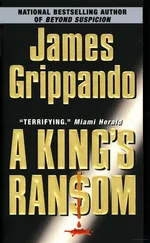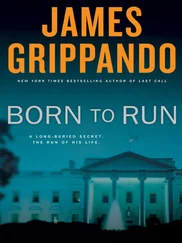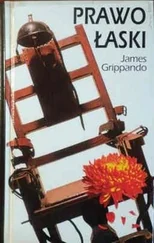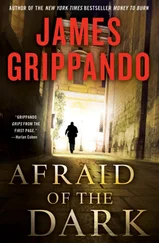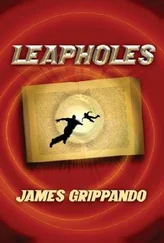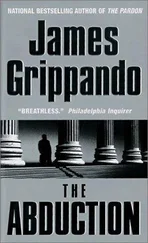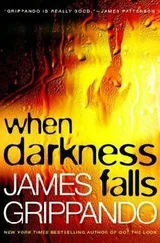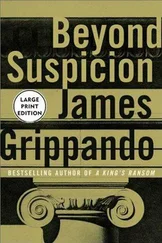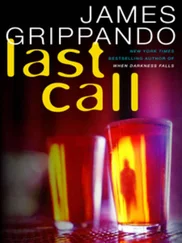CROOKS!
SCREW YOUR BONUS. WHERE’S MY PENSION?
I was suddenly thinking of Ivy again and that day we’d stumbled into the FTAA riots in Miami. I rounded the block and pulled into the garage.
My Mini made a funny noise when I shut off the engine. To me, it definitely sounded like the carburetor, except that I hadn’t owned a car with a carburetor since I dumped the 1975 Monte Carlo after B-school. That was how much I knew about auto mechanics.
Apparently, about as much as I knew about Ivy.
Mallory had been right: Over the last four years I’d fooled myself into thinking that I had moved on, but I hadn’t. Perhaps my reaction now should have been one of sheer joy: Ivy is alive! There was some of that, to be sure. But it was much more complicated.
Why did you run, Ivy?
The funny noise in my engine stopped, but I remained in my car, thinking. I still hadn’t resolved the small things, but now it was the big stuff that consumed me. My personal portfolio had vanished into cyberspace. Saxton Silvers stock had dropped 90 percent in value. The FBI seemed to think that I was the traitor who’d used Chuck Bell and the power of FNN to bring down my own firm. Bell was now dead, and I was apparently being blamed for that, too. To top it all off, my wife was divorcing me over a dead woman who-suddenly-was no longer dead.
The timing of it all made me consider a dark possibility: What if Ivy didn’t share the joy I felt over a potential reunion? What if she had come back from the dead, so to speak, only to visit on Michael Cantella a fate worse than death?
Couldn’t be. Or could it?
My thoughts drifted back four years to our sailing trip and the dream I had told her about-the one about riding my bicycle on a dark highway, getting run off the road, and rushing my injured dog Tippy to the DQ. The gist of that strange dream had actually happened: A week before our trip, a black SUV had knocked me into a ravine and left me for dead. Afterward-and this was the reason for the nightmares-I wondered if the driver had been a Wall Street loser with a score to settle.
It’s only gonna get worse. That had been the warning from the anti-FTAA demonstrator who pulled me from the taxi in Miami. I had always wondered if he was really just talking about corporate greed. Was it possible that the same maniac had followed us to the Bahamas and played some role in Ivy’s disappearance? Again, I had to ask:
Why did you come back, Ivy?
Were the last few days payback for ruining her life? Did she finally emerge from hiding only to move my money into an offshore account and make me out as the villain behind the destruction of Saxton Silvers? Did she also destroy my marriage? Was she done with me yet? Those were terrible thoughts about a woman I loved. But with four years to plan it, Ivy was definitely smart enough to implement such a scheme, and with her birthday-orene52/25enero-at the root of my passwords, I had to consider the possibility. And after all, I couldn’t shake the memory that, in my dream, the hit-and-run driver of the SUV had been Ivy.
Stop it. Ivy would never-
My phone rang. It was Eric Volke. He and our CEO had spent the last twelve hours at the New York Federal Reserve in downtown Manhattan, in a room once used to cash coupons on Treasury bills. On the other side of the table had been the masters of the world’s biggest economy-the Federal Reserve chairman, the secretary of the treasury, the New York Fed chief, and the Securities and Exchange Commission chief.
Eric was calling from his limo. “Meet me at my house in thirty minutes,” he told me. “It’s important.”
He hung up before I could ask what it was about.
But I already knew.
IAN BURN STARED OUT OVER THE FLAME OF HIS BUTANE LIGHTER.
His fascination with fire was logical enough, given his surname. It was bogus, of course. So was the name Ian, an acronym for “Islamic Armed Nation,” a terrorist organization that Burn supplied with the tools of the trade-detonators, explosives, and munitions of all sorts. He had an especially reliable source of white phosphorous. He was paid with Saudi oil profits that poured into a certain American hedge fund run by Jason Wald’s uncle. “Burn” was a nickname he’d earned by torching anyone who got in his way. Only once had a job blown up in his face-literally. Working with napalm was dangerous stuff. Burn had a grotesque scar on his neck and a melted right ear to prove it, but even that mishap had unfolded true to the old playground adage: “You should have seen the other guy.” It amazed Burn how so many people had never even heard of fifth-and sixth-degree burns, as if the always-fatal flame that caused complete destruction of muscle and bone didn’t belong in a class by itself.
“I’m not the enemy,” said Girelli, but his voice betrayed him, cracking with fear.
Burn capped his lighter, extinguishing the flame. Another thug jumped out from behind a tall stack of tires, and two more emerged from behind a canvas tarp. Before Girelli could react, there was a gun at this head. They forced him into a wooden chair and tied him to it with a heavy-duty extension cord that wrapped around his body several times.
Burn stepped closer and dropped a handful of eight-by-ten photographs on the concrete floor in front of Girelli. Wald switched on a snake light and aimed the beam at the photos.
“Jason shot these from his uncle’s building,” said Burn.
Immediately upon seeing the close-ups of the woman seated at the table in front of Prometheus-Vanessa-he knew he was in trouble.
“You lied,” said Burn. “And some very important people are extremely angry.”
Girelli stood firm. “That’s not who you think it is.”
“Really?” said Burn. He took a hundred-dollar bill from his pocket and dropped it on the photo at Girelli’s feet. “A hundred bucks says you’re lying.”
Girelli knew the routine, and he forced a nervous smile. “Come on. Let’s not play this game.”
“You’re right. You aren’t worth a hundred bucks.” But he wasn’t smiling. He never smiled.
Burn tucked the bill back into his pocket, then grabbed a paint can from beneath the work bench. The can had no lid on it, and beside it were the remnants of several Styrofoam coolers that had been chopped to pieces-a ready source of polystyrene. Burn pulled on a pair of thermal gloves, then grabbed a paint stick and stirred the sticky mixture inside the can as he approached Girelli. The consistency was near perfect, but for Girelli’s benefit he dropped another chunk of Styrofoam into the can and let it dissolve. He stirred slowly, making sure that Girelli could smell the gasoline. And the benzene. Most of the amateur pyromaniacs on the Internet simply dissolved Styrofoam in gasoline, which basically created a sticky gel that burned. Add benzene-available from chemical companies if you had phony credentials-and voilà: You had essentially the same “super napalm” used by the U.S. military in Vietnam.
“This burns at about a thousand degrees centigrade,” said Burn.
He lifted the stick from the can. A big glob of gel clung to it. Burn held it over Girelli’s head and let the gel slowly drizzle down onto Girelli’s hair.
“Ever seen the pictures of the napalm girl from ’Nam, Tony?”
The goo ran down Girelli’s forehead, swallowed the bridge of his nose, moving at a lavalike pace until it covered his right eye.
“That shit stings!” Girelli shouted. “Get it off!”
Burn scooped a second glob from the can and again held the stick over Girelli’s head. This one oozed over his left ear and down his neck.
“Not a pretty sight, that napalm girl,” said Burn. “Clothes burned off, running down the street naked, her burned flesh ready to fall from her body.”
Читать дальше
